It’s time for some Maritime Hodge Podge! We’re using potatoes, carrots, beans, and green peas. All coated in a rich, creamy butter sauce that ties everything together into one comforting bowl of goodness. It’s super easy too! Cook the veggies in salted water until tender, strain (leaving some water), then add butter, cream, salt, and pepper. For the Autumn Hodge Podge version, use a broth with added meat.
My take uses the traditional vegetables, butter, cream, and salted water. But adds two optional ingredients that elevate the flavors. Every family has their own version, varying in thickness and veggies added. It’s really a home garden dish or a farmer’s dish, and up to the cook to make everything come together. The key is tender vegetables in a buttery, creamy base. Keep some salted water for extra flavor—it makes all the difference!
What is Hodge Podge
Hodge Podge is a traditional and classic Canadian Maritime dish. With deep roots in Nova Scotia, New Brunswick, and even further back to Acadian culture. It celebrates the early summer harvest, using the freshest vegetables like new potatoes, baby carrots, green and yellow beans, and green peas. The base is made with butter and cream, seasoned with salt and pepper to taste. Some versions also include fresh herbs for added flavor.
Hodge Podge isn’t tied to specific ingredients—well, sort of. The name itself (Hodge Podge, Hotchpotch, Hochepot, or hotchpot) means a mixture or assortment of ingredients. So technically, Hodge Podge can be made with various meats and vegetables, resulting in numerous versions.
There are even versions from England and Scotland. Which may include broth, salted pork, fish, ham, bacon, and vegetables like turnip, broccoli, or cauliflower. Some incorporate Acadian herbes salées for a herbal and salty note. But in this recipe, we focus on the Nova Scotia Hodge Podge. Made with fresh vegetables, butter, and cream, highlighting two variations: Summer Hodge Podge and Fall Hodge Podge.
Summer Hodge Podge
Summer Hodge Podge, often simply called Hodge Podge, is the classic version made with early harvest vegetables from the Maritimes of East Coast Canada. This traditional dish is always prepared with butter and cream, giving it its signature richness. The name “Hodge Podge” is said to have evolved from “potch” or “pot” to create a rhyme with “Hodge,” leading to the familiar Maritime name. Regardless of its origin, it’s undoubtedly Maritime soul food, with deep roots that stretch back generations.
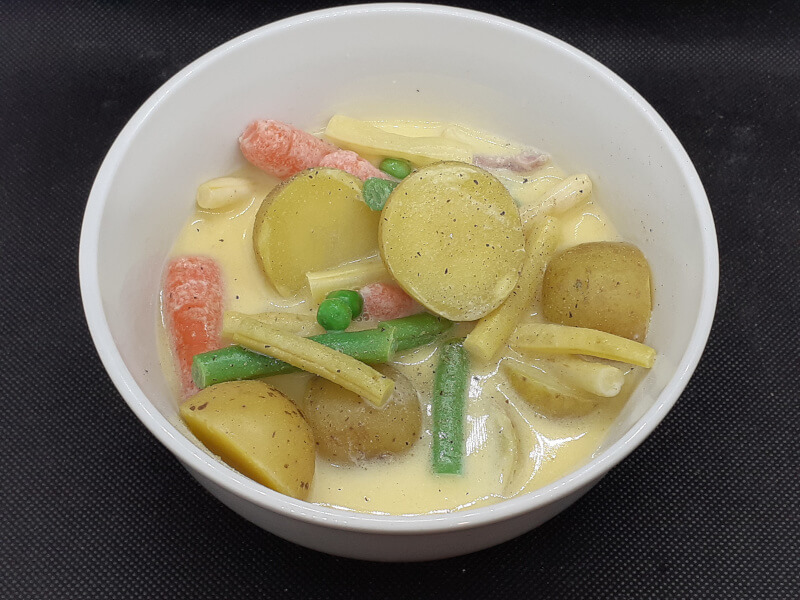
Autumn Hodge Podge
The fall or autumn version of Hodge Podge includes hearty fall harvest vegetables like squash, parsnips, or turnips. It often features meat, such as ham, chicken, or fish, adding depth and flavor. While traditionally prepared in early summer. Its versatility and heartiness make it a dish you can enjoy any time of the year. Even with simple ingredients like diced potatoes, sliced carrots, and canned beans. You can create a comforting bowl of Hodge Podge whenever the craving strikes.
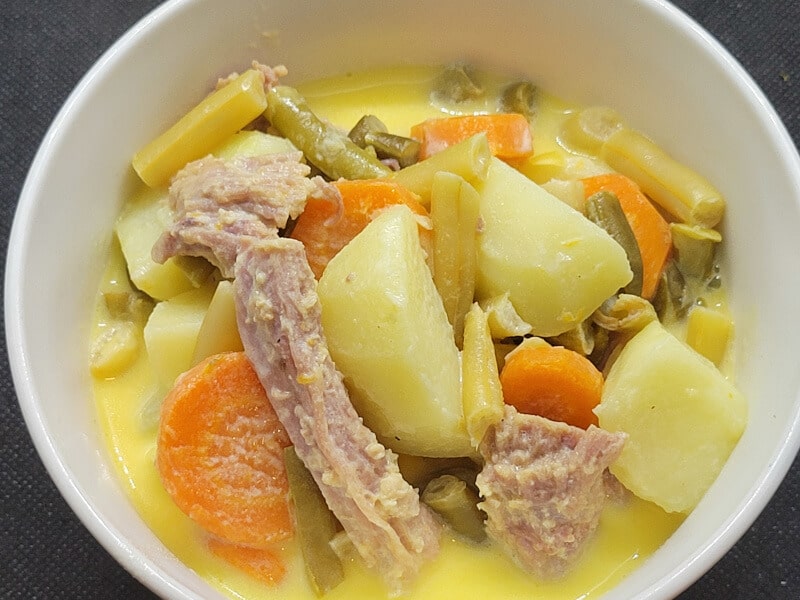
Maritime Hodge Podge
In the Maritimes, Hodge Podge is traditionally made with early harvest vegetables like baby potatoes, baby carrots, green beans, yellow wax beans, and green peas. The broth is a simple mix of butter, cream, and a bit of the cooking water for extra flavor, seasoned with salt and pepper. Some recipes may also incorporate herbs for added depth, chicken broth in place of the cooking water, or a bouillon cube. However, the butter and cream are crucial ingredients that must not be substituted. Some purists would argue that even the vegetables should remain as the classic selection—no additions or changes—except for the inclusion of meat in the fall version.
One of the oldest recipe, I believe, for Nova Scotian Hodge Podge involves boiling the potatoes and carrots in lightly salted water, adding the beans in the final minutes so they soften while staying crisp. The water is then completely strained out, and a generous amount of butter and heavy cream is added to coat the vegetables. The mixture is gently heated until the butter melts and everything is warmed through—no boiling. It’s simple, classic, and delicious!
Hodgepodge Ingredients
The classic Hodge Podge includes mini potatoes, mini carrots, green and yellow wax beans, and green peas, all coated in butter and cream (10% or heavier for a thicker consistency). Salt & Pepper are added to taste, along with a bit of the reserved cooking water, which contains salt and an optional touch of cream of tartar for added flavor.
The Autumn Hodge Podge variation may incorporate turnips (rutabaga), parsnips, or squash, often with some meat for added richness.
My version introduces two optional ingredients: cream of tartar and butter popcorn seasoning. I find these really elevate the flavors, creating a beautifully creamy, golden base.
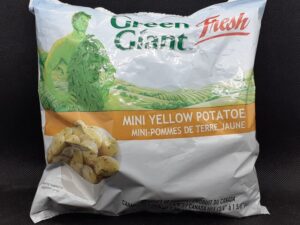
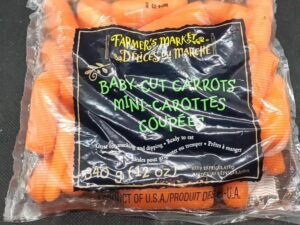
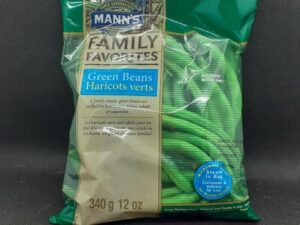
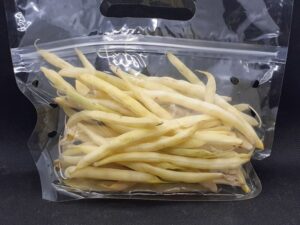
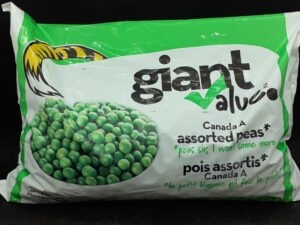
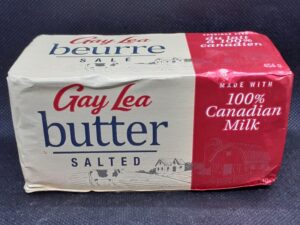
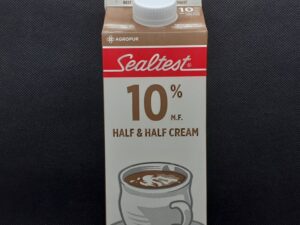
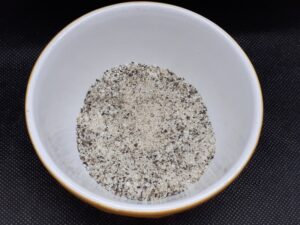
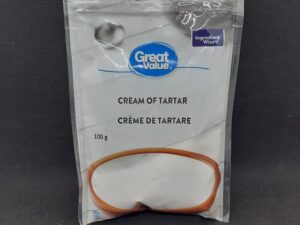
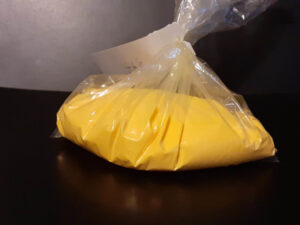
While traditionally enjoyed in the summer and sometimes in the fall, Hodge Podge can be made year-round using diced potatoes, sliced carrots, canned beans, and peas, or even frozen green peas. However, the best flavor comes from using fresh garden vegetables, which truly elevate the dish.
Salted Water
The vegetables are boiled in salted water with a touch of cream of tartar to preserve their color and add a subtle acidity. While some suggest using just a pinch of salt, you should aim for a saltiness similar to that used for boiling pasta. Most of the salt will be discarded, but using a generous amount ensures the vegetables are well-seasoned throughout. Adjust additional salt and pepper as needed before serving the Hodge Podge.
The salted water also acts as a flavor enhancer. By incorporating a small amount of this salted cooking water with the cream and butter, the flavors are elevated significantly compared to using unsalted water. You’ll want to reserve about 1 cup of the cooking water to use as the soup base.
Combine the ingredients below in a pot, bring to a boil, and start cooking your vegetables.
- 8 Cups of Water
- 1 Tbl Sea Salt
- 1/4 tsp Cream of Tartar
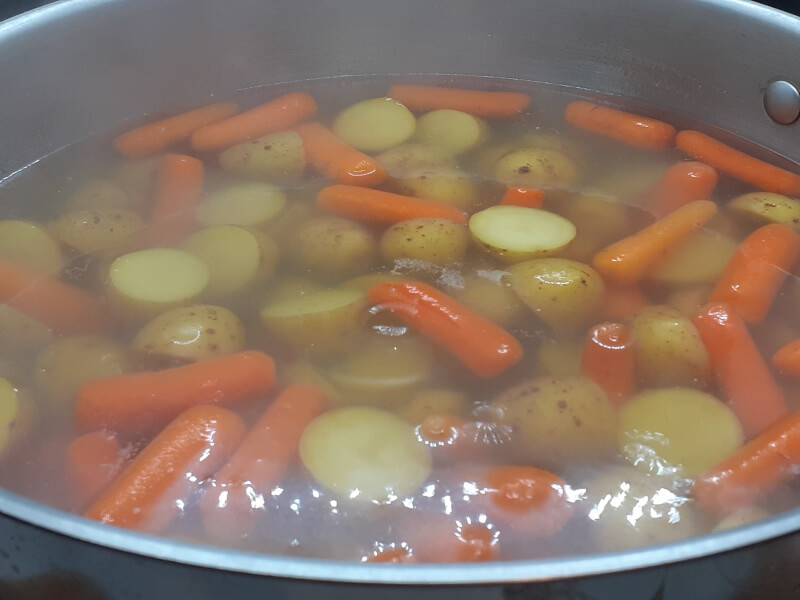
Hodge Podge Soup Base
The classic Hodge Podge soup base consists of butter and cream, enriched with a bit of reserved cooking water. Some variations may incorporate broth or simmer meat in the water for a while before adding the vegetables, particularly in the Fall Hodge Podge.
Be careful not to boil the mixture once the butter and cream are added; bring it to a gentle simmer or just below, heating it through without boiling. This soup becomes even more flavorful when reheated the next day, as the vegetables soak up and absorb that creamy broth. It’s truly delicious!

Butter
Don’t use Margarine, use 1/2 C of real Butter.

Cream
I typically have 10 % on hand for coffees and so use this. Add heavier creams for a thicker consistency. More can be added to coat the Vegetables.
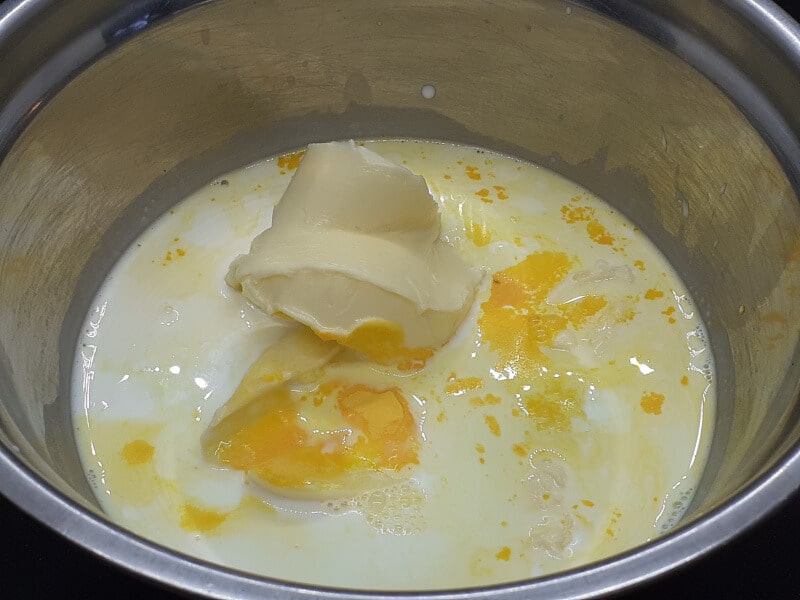
Hodge Podge Soup Base
- 1 C Cream 10% or heavier for thicker
- 1 C of Salted Cooking Water, optionally with 1/4 tsp Cream of Tartar included in the cooking water
- 1/2 C Butter, not margarine
- Optional – 1 tsp Butter Popcorn Seasoning
Hodge Podge with Butter Popcorn Seasoning
I absolutely love the addition of Butter Popcorn Seasoning to Hodge Podge. It imparts a beautiful golden, creamy color to the liquid and enhances the buttery flavor profile. While this ingredient is optional and not part of traditional Hodge Podge, it’s common to add a dollop of butter over your bowl, allowing it to melt and mingle with salt and pepper to taste. This extra butteriness is certainly desirable and takes the dish to the next level!
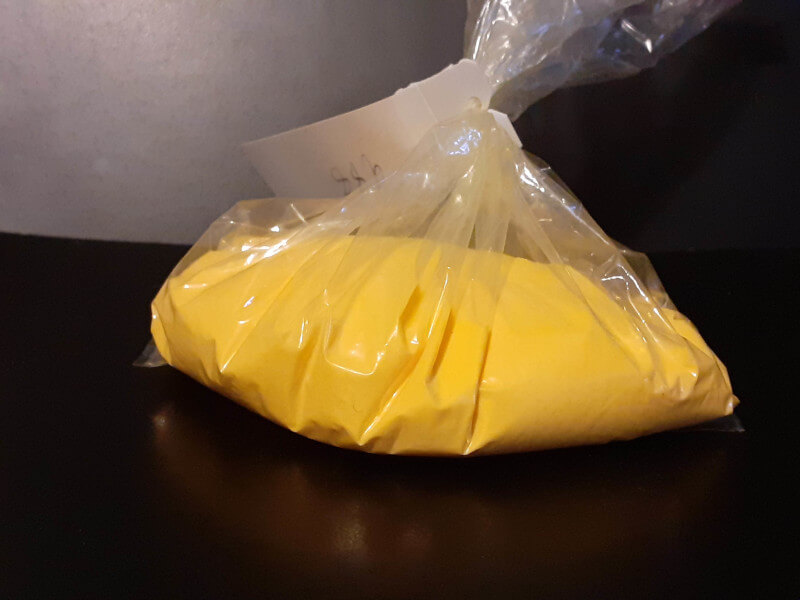
Hodge Podge with Cream of Tartar
While not a traditional ingredient, I find that adding cream of tartar enhances the dish by introducing a subtle touch of acidity that’s nearly imperceptible. It also helps to amplify the creaminess of the Hodge Podge. Additionally, cream of tartar protects the natural colors of the vegetables as they cook, keeping them vibrant.
I previously wrote a “Food for Thought” post highlighting the uses of cream of tartar, one of which is to enhance the creaminess of dishes, especially those containing dairy. For Hodge Podge, the cream of tartar is added to the salted water used for boiling the vegetables, although most of it is discarded when straining.

Hodge Podge Ratios
Hodge Podge is a simple dish, and the amount of vegetables, butter, and cream used is largely a matter of personal preference. What’s essential is achieving nice, tender vegetables, with your beans either soft but still crisp or completely soft, depending on your taste. Everything should be coated in a buttery, creamy liquid with sufficient salt and pepper—that’s truly all you need.
That said, I tend to use the following ratios for my homemade Hodge Podge. There are two key ratios to consider: one for the vegetables and another for the Hodge Podge liquids. These can vary based on your desired outcome, so feel free to adjust or customize them as you see fit. The ratios below serve as a guideline.
Hodge Podge Vegetable Ratios
Generally, you’ll find equal amounts of potatoes and carrots in Hodge Podge, followed by half the amount of both yellow and green beans, along with green peas to taste. A common ratio is 2:2:1:1 for potatoes, carrots, green beans, and yellow waxed beans. This serves as a guideline, but feel free to adjust the quantities or include additional vegetables like onion or garlic to suit your preference.
- 1 lb Potatoes
- 1 lb Carrots
- 1/2 lb Green Beans
- 1/2 lb Yellow Beans
- Green Peas (as desired, about 1/2 Cup to 1 Cup)
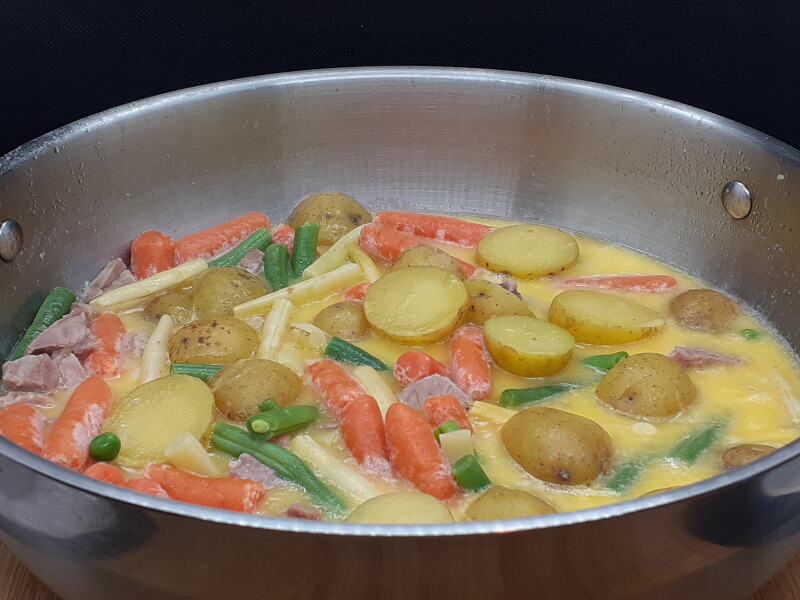
Although Hodge Podge is traditionally made with vegetables that are in season, the ingredients can vary by time of year. In the summer, the dish typically features the vegetables listed above, sometimes enhanced with onion and garlic. In the fall, Hodge Podge may include turnip or rutabaga, as well as various squashes like zucchini. However, some purists argue that only the traditional vegetables should be used, insisting on sticking to the classic ingredients.
Hodge Podge Soup Base Ratio
The ratio for the Hodge Podge soup base is straightforward: 1 cup of cream, 1 cup of salted water, and 1/2 cup of butter, which can be expressed as a 2:2:1 ratio. However, adjustments can be made to achieve your desired outcome. You can reduce the water or replace it with more cream, or opt for heavier cream for a thicker consistency that better coats the vegetables.
Traditionally, older recipes often called for completely draining the salted water, but I’ve found that keeping some of it enhances the flavors significantly.
Chicken broth is also a common substitute for the water. In the fall version of Hodge Podge, you might simmer ham or chicken bones in water to create a flavorful broth before adding the vegetables to soften.
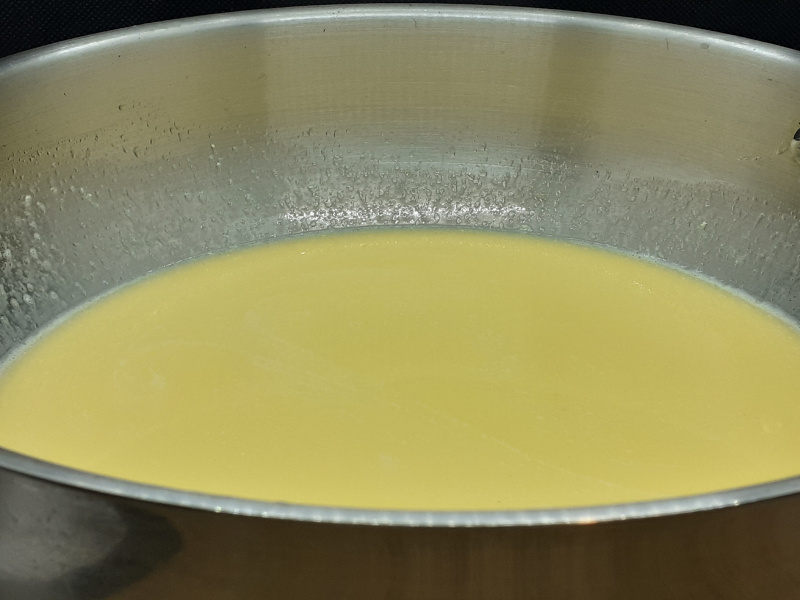
Hodge Podge Base
- 1 Cup Cream 10% or heavier for thicker
- 1 Cup Reserved Salted Cooking Water
- 1/2 C Butter
- 1 tsp Butter Popcorn seasoning
Hodge Podge with Canned Beans & Peas
While traditional Hodge Podge calls for fresh vegetables, I often use strained canned green and yellow wax beans for convenience, adding them in last along with frozen green peas. This approach is easy, and for those who like their beans & peas, canning soft, this is the easiest way.
Just focus on getting the potatoes and carrots tender before straining them and incorporating the butter and cream, with the strained canned beans & peas to heat through. Season to taste, and you’re done!
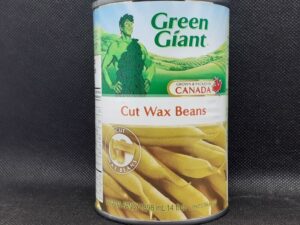
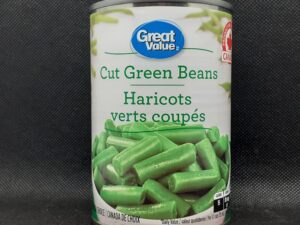

Hodge Podge Vegetable cook times
Hodge Podge vegetables are cooked in stages to ensure each one reaches the perfect tenderness without becoming overcooked. You can add them to the pot at different times based on their individual cooking times or for better control cook each vegetbale to your liking before combining them all.
Some recipes recommend boiling the carrots for a few minutes before adding the potatoes or vice versa, followed by the beans and peas. The key is to cut all the vegetables to a uniform size so they cook evenly. Fresh green peas should be added in the last 3 minutes of cooking, as they require minimal time, while frozen green peas can be added at the very end.
Here are the guidleines on cook times for each vegetable:
- Halved Mini Potatoes: 13-15 minutes until tender
- Baby Carrots: 15 minutes until tender
- Fresh Green Peas: 2-3 minutes
- Fresh Green & Yellow Beans: Generally, 5-7 minutes; however, I find they take 15-20 minutes to reach my preferred softness, and these time will vary based on preference, so feel free to adjust according to your taste.
If you’re using canned beans, simply strain and add them when you incorporate the butter and cream to mix and heat through. The same applies to frozen or canned green peas.
Some people prefer their Beans to be a bit softer, so they may simmer them for a longer period. Others enjoy a bit of crispness in the beans. Ultimately, it’s up to you when to add the beans and how long to cook them to achieve your desired level of doneness.
Cooking Hodge Podge Vegetables Separately
While Hodge Podge vegetables are typically added at various stages based on their cooking times, you can achieve finer control by cooking the vegetables separately. This method is particularly useful for fresh green and yellow beans.
Start by cooking the beans; then scoop them out and set them aside. This can be anywhere from 5 minutes to 20 minutes or longer, depending on how soft or crisp you like the beans. Next, add your carrots and potatoes to the pot to cook until tender.
To extend this technique further, you can boil the carrots and potatoes separately, just as you did with the beans, ensuring all vegetables are perfectly tender. Once cooked, combine everything back into the pot along with the reserved cooking water, butter, and cream to heat through. This approach allows you to customize your dish to yield the best results for your taste.
This method is especially beneficial when incorporating additional ingredients, such as with fall Hodge Podge, where harder root vegetables may require different cooking times to soften.
Potatoes and Carrots
Potatoes and carrots generally cook at the same rate when mini potatoes are halved and mini carrots are left whole. If you’re using regular potatoes and carrots, slice the carrots into about 1/4-inch pieces and dice the potatoes into 1-inch chunks to ensure they cook at the same rate, which typically takes about 13-15 minutes until tender.
If you’re working with firmer carrots (those that snap when sliced), you might want to simmer them for about 5 minutes before adding the potatoes, allowing both to cook until tender.
For regular potatoes, I typically slice them in half lengthwise and then quarter each half, producing approximately 1-inch diced pieces. For larger potatoes, you can slice each half into six pieces, about 1 inch, ensuring they cook evenly while maintaining a tender texture.
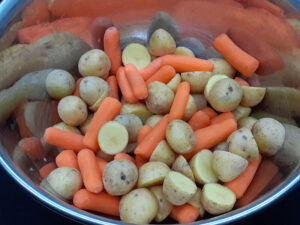
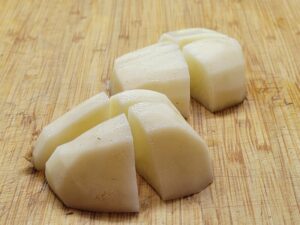

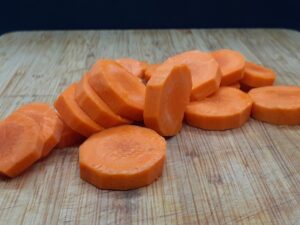
Beans & Peas
The beans can be a tricky element in Hodge Podge preparation. Fresh beans typically require about 15-20 minutes to reach the desired tenderness, while most recommend only 5-7 minutes. The actual cooking time can also depend on the freshness of the beans. To ensure all the vegetables are perfectly tender, precise timing is essential.
To eliminate any uncertainty, start by cooking the beans until they reach your preferred tenderness, then scoop them out and set them aside. Next, add the potatoes and carrots to the pot and simmer until tender. Return the beans to the pot at the same time you add the butter and cream to heat everything through.
Fresh green peas need about 2-3 minutes of cooking time. In contrast, frozen or strained canned green peas can simply be added at the end when the Hodge Podge is heated through.
Canned green and yellow wax beans can also be used and should be added simultaneously with the green peas, as they are already softened and will warm nicely with the residual heat.

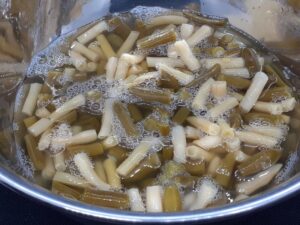
Hodge Podge Seasoning
The classic Hodge Podge seasoning consists primarily of salt & black pepper. I prefer using a standard salt & pepper blend that includes sea salt along with both black and white pepper. However, you can simply season with fresh cracked black pepper and salt to taste.
Hodge Podge typically relies on simple, fresh vegetables, so any additional seasoning should be light to allow the natural flavors to shine through or used as a garnish. If desired, you can incorporate herbs such as chives, parsley, thyme, dill, tarragon, and/or savory, but use them sparingly, as Hodge Podge is not meant to be overwhelmed with seasonings.

Salt & Pepper
- 1 Tbl Sea Salt
- 1 tsp Black Pepper
- 1/2 tsp White Pepper
Hodge Podge Thickness
Traditional Hodge Podge achieves its thickness through the use of heavy cream, without any added thickeners. However, some variations incorporate a bit of flour mixed with butter to create a stew-like consistency, allowing for various thicknesses based on personal preference.
The viscosity of Hodge Podge primarily depends on the type of cream or milk used—heavier creams yield a thicker consistency, while milk results in a thinner consistency. You can also adjust the thickness by replacing half of the salted water with additional cream for a richer consistency or vice versa for a lighter dish.
For an even thicker texture, consider peeling and dicing a few potatoes and adding them earlier in the cooking process. As they cook, they will break down and dissolve into the sauce, thickening it further, much like how a clam chowder is prepared.
Hodge Podge with Meat / Autumn Hodge Podge
While the classic summer Hodge Podge typically features a vegetable base, the autumn version often includes some form of meat, making for a heartier dish.
You can incorporate a variety of meats, including ham, beef, lamb, bacon, cured meats, fish, salted cod, or seafood. Other options include deer or moose meat, partridge, chicken, turkey, and rabbit. This versatility allows for a simple yet robust dish that can be customized to your liking.
Below are the common meats I like to use in my autumn Hodge Podge:
Ham Hodgepodge
This dish brings back fond childhood memories of a fantastic soup I craved for years, even before I knew it was called Hodge Podge with ham. It’s a comforting bowl that combines the rich flavors of ham with fresh vegetables.
Ham Hodgepodge is perfect for using leftover ham, especially when you’re chopping down a whole ham for braised ham. Just save the ham bone with a good amount of meat on it to infuse flavor into this dish.
For this recipe, I didn’t have mini potatoes or carrots, so used regular carrots and potatoes. I opted for canned green and yellow waxed beans, omitting the green peas. I started by deboning a ham and added the ham bone to salted water along with torn pieces of ham, allowing it to simmer until the ham took on a darker pink color. The remaining ham was sliced thin and frozen for later use in braised ham and diced for a ham and cheese pasta salad while the ham bone and meat were simmering.
Next, I prepared my vegetables. I added 1 pound of sliced carrots to boil for about 5 minutes, along with 1/4 teaspoon of cream of tartar to help preserve their color. After that, I added diced potatoes and simmered everything until soft, which took about 15 minutes. I then strained the mixture, saving the flavorful ham broth, and returned all the vegetables to the pot along with:
Hodge Podge Liquids
- 1 Cup of the reserved Salted Water (Ham Broth)
- 1 Cup Cream 10%
- 1/2 C Butter
- 1 tsp Butter Popcorn Seasoning
- Then emptied the strained Beans in to mix and heat through, just until a very light simmer or slightly before. Removed from heat and rested for a few minutes. What a bowl of Soul Food, definately one of my favs and nostalgic for me.
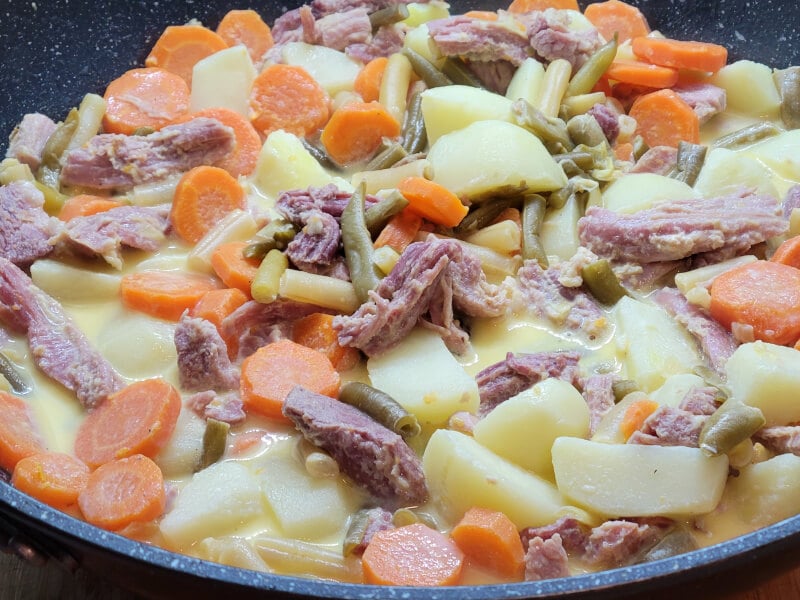
Chicken Hodgepodge
You only need about 1-2 lb of Chicken or 1/2 Whole Chicken. You can also just use 3-4 Chicken Quarters or just 2-3 Chicken Breast.
No matter what you use, throw the Chicken into the pot with the salted water and cream of tartar and bring it to a boil. Simmer for 45 minutes and scoop the Chicken out to set aside and strip off the bone or shred. Add it back into the soup after you strain the water out, and at the same time the Butter & Cream go in to mix and heat through. The Chicken Bones you can save for your next batch of Chicken Stew or include in your next round of Chicken Hodge Podge. Just freeze them until needed.
This dish is also perfect for using up leftover Holiday Turkey Meat or leftover Butterfly Turkey Meat. Where you can just throw the turkey meat in at the end to heat through.

Fish Hodgepodge
Fish Hodgepodge is a delightful variation that incorporates tender white fish like cod or haddock or salted cod soaked to get rid of excess salt before adding it. This version adds a unique flavor while maintaining the classic creamy broth and fresh vegetables.
The white fish can be added last to cook until just firm, right before straining out the water. Don’t worry about breaking the fish up; when warming through with butter and cream, the gentle mixing will break apart the tender, cooked fish, seamlessly blending it into the dish. This variation is perfect for seafood lovers and adds a fresh twist to the traditional recipe.
This is another version I seem to remember growing up in Nove Scotia, Although it was made with salted cod. Just the same as the ham and chicken or turkey one. All of these, were a type of Hodge Podge I had at one time or another and craved for many years. Now I got them, and sharing this wonderful soul food with you.
Shrimp Hodge Podge
Shrimp Hodge Podge is a flavorful twist on the classic dish, incorporating succulent shrimp for a delightful seafood experience.
To prepare, simply add thawed and shelled shrimp to the strained pot of vegetables and reserved cooking water, right before adding butter and cream to heat through. The shrimp will cook quickly, absorbing the rich, buttery cream broth while maintaining their tender texture. This version is perfect for those who enjoy seafood and want to elevate the traditional Hodge Podge with an added burst of flavor.
Serve a bowl up, and add more butter on top to melt through with a bit of Salt and/or Pepper to each bowl. Serve with some Buttered Bread to sop up the liquids and enjoy an East Coast Bowl of Soul Food.
Equipment
- 1 Stockpot
- 1 Bowl if cooking the fresh beans first and separate to hold them or when straining Broth to save for other recipes
Ingredients
- 8 C Water
- 1 Tbl Sea Salt
- 1/4 tsp Cream of Tartar
- 1 lb Mini Potatoes - washed and sliced in half with skin left on, quarter really large ones
- 1 lb Mini Carrots - washed and left whole
- 1/2 lb Fresh Green & Yellow Beans - each, ends chopped off and cut in half or 1 inch pieces
- 1/2 C Fresh Green Peas - or more upwards to 1 cup
Hodge Podge Soup Base
- 1 C Reserved Salted Cooking Water
- 1 C Cream - 10 % (Half & Half) or heavier, can add more
- 1/2 C Butter
- 1 tsp Butter Popcorn Seasoning - optional – see notes
- To Taste Salt & Pepper Blend - or just Pepper
Salt & Pepper Blend
- 1 Tbl Sea Salt
- 1 tsp Black Pepper
- 1/2 tsp White Pepper
Instructions
- Place 8 Cups of Water into the Stockpot with 1Tbl of Sea Salt & 1/4 tsp Cream of Tartar and bring to a boil over max heat. Meanwhile, prepare all the Vegetables.
- Add in Carrots, Potatoes, fresh Beans in the boiling Pot of Water. Keep it at a Boil for 13–15 minutes, or until the Potatoes are tender. Add fresh Green Peas during the last 3 minutes of boiling. For more precision over the fresh beans, add them in first to boil until the desired tenderness. Scoop them out and set aside, then add the Potatoes & Carrots to boil until tender, adding fresh peas the last 3 minutes, before straining.
- Reduce the heat to medium and strain out most of the Water, leaving behind about 1 Cup. Add Butter, Cream, Butter Popcorn seasoning (optional), and mix gently.If adding in strained canned Waxed Yellow & Green Beans, then add these here with the Butter & Cream, along with strained canned or frozen Green Peas if using.
- Bring it to just simmering or just before over medium heat, careful not to let it boil. You just want to heat it through.Remove from heat, taste and adjust the Salt & Pepper if needed before serving. If further softening is desired or to give time for the vegetables to soak up more of that creamy broth, cover and let rest 20 minutes before serving.
- Garnish with Fresh Herbs. Optionally, bring the Salt & Pepper blend to the table, so everyone can add to taste. Some Butter too, to add a dollop in the bowl to melt over the vegetables if desired. Add some Dinner Rolls to sop up the leftover liquids and enjoy!

